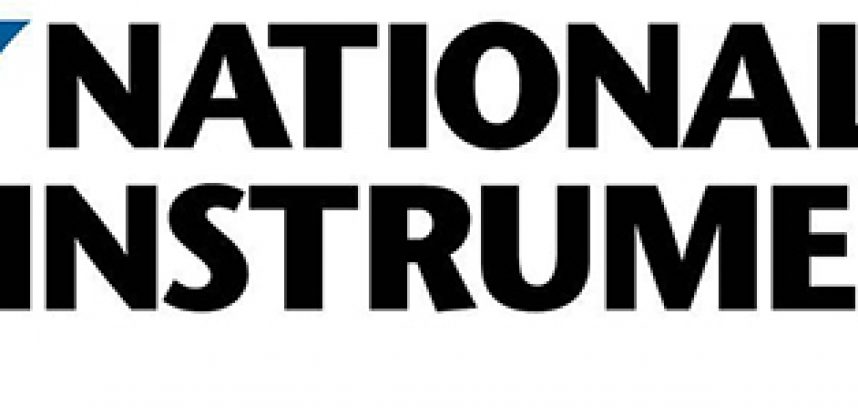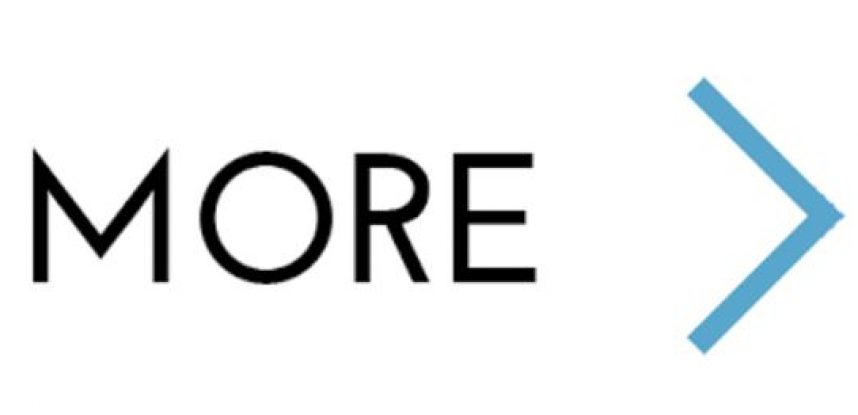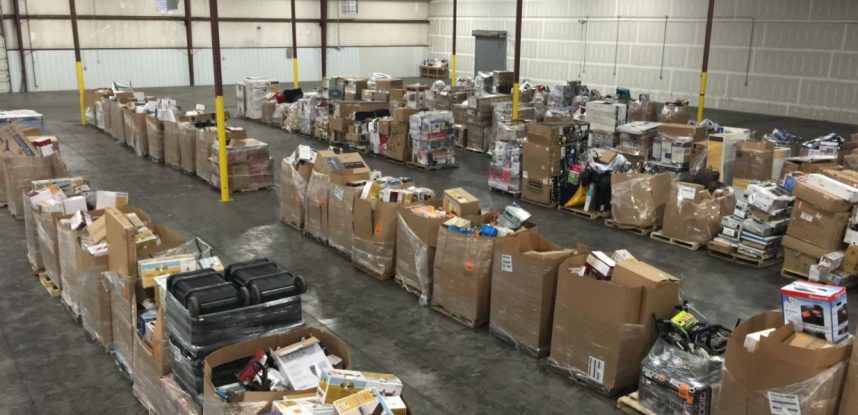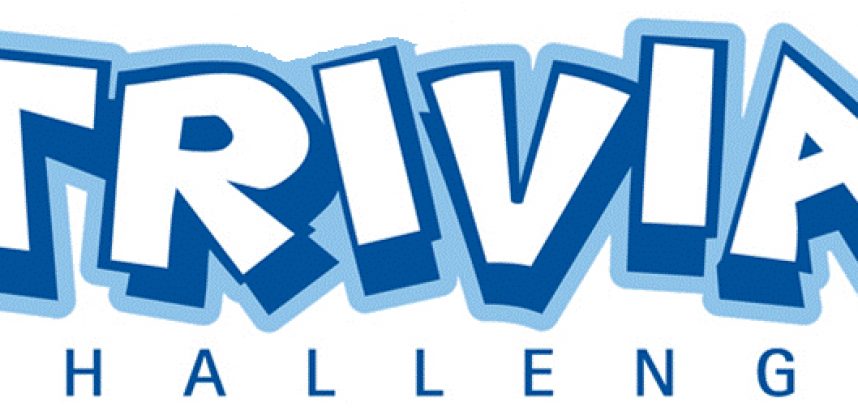DMSMS 2012 – Sustaining an Integrated Supply Chain
 After our evacuation from New Orleans, we wrote about the part that collaboration played in our experiences. While we focused on how the collaboration mostly focused on safely addressing an incoming hurricane; generally when we talk about collaboration here at GDCA, we’re talking about collaboration in the sense of an integrated supply chain poised to protect the embedded industry from unplanned obsolescence.
After our evacuation from New Orleans, we wrote about the part that collaboration played in our experiences. While we focused on how the collaboration mostly focused on safely addressing an incoming hurricane; generally when we talk about collaboration here at GDCA, we’re talking about collaboration in the sense of an integrated supply chain poised to protect the embedded industry from unplanned obsolescence.
That is why we’re taking a moment to celebrate and announce that DMSMS 2012 is back in the saddle for November 26-29, 2012 in Orlando, Florida.
We know that in the face of obsolescence no one can afford to be isolated in the supply chain. That is why we are pleased to announce that in partnership with Curtiss-Write, IHS, and Rochester Electronics we will be presenting on the realities of cross-industry sustainment: Building an Integrated Supply Chain to Support Warfighter Systems.










 You may not know about Brooks Stevens, and today is his birthday.
You may not know about Brooks Stevens, and today is his birthday.